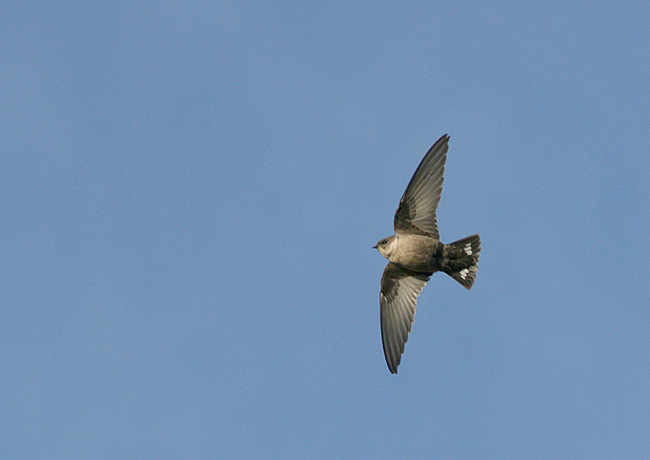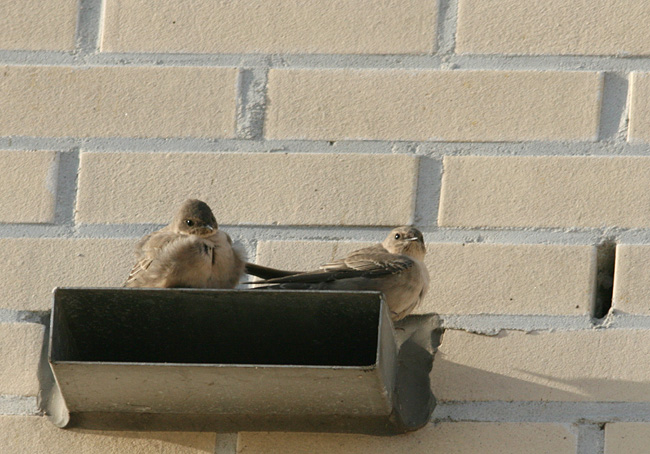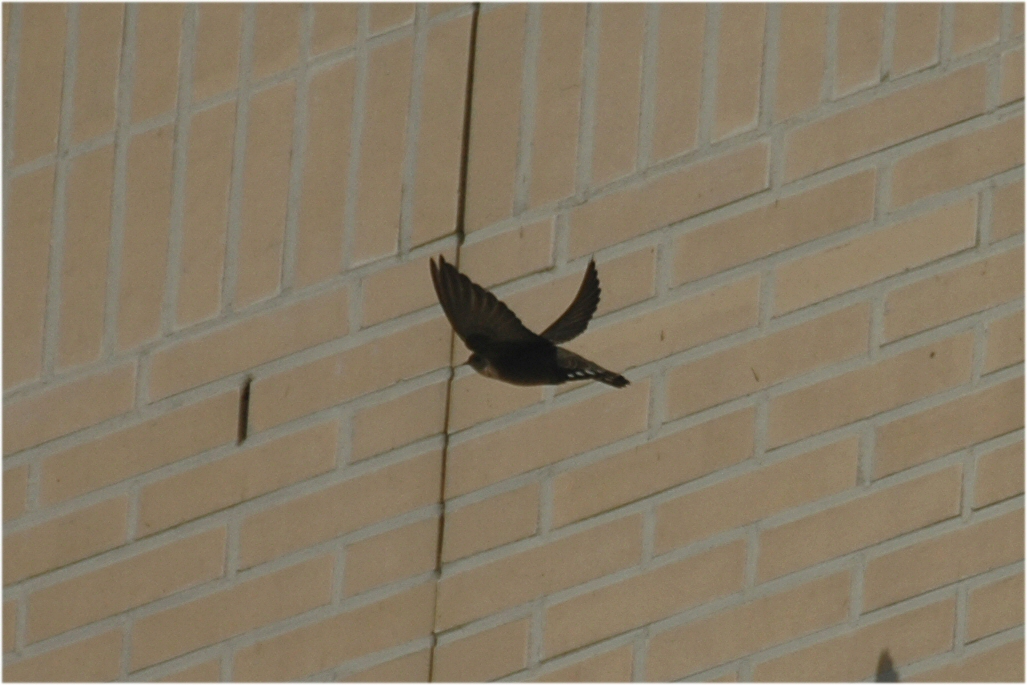
On Tuesday 14 November 2006 Maarten Hotting was at 'De Titaan' a school in Hoorn, Noord-Holland. At around 9.30 hours from the window he noticed a swallow circling around the building. He considered this very late for a swallow and was able to exclude Barn Swallow Hirundo rustica and House Martin Delichon urbicum. The possibility of a Crag Martin Ptyonoprogne rupestris immediately crossed his mind - the bird lacked a pectoral band, therefore excluding Sand Martin Riparia riparia, but then it disappeared. He warned other birders and in the late afternoon, Sander Lagerveld and Nick van der Ham rediscovered the bird at 16:00 hours near the school 'De Titaan' in company of a Barn Swallow and some other swallow (or martin). All three birds disappeared again, but Sander was able to made some video-shots. Next day the whole area was searched, without result.
On Thursday 16 November, Maarten Hotting saw the bird again from his school window at around 15:45 hours, but it was dark early and again it was not found again. The next day, Friday 17 November, the whole day c 30 birders were looking for the bird and at 14:30 hours, two birds were found at the same location and were seen for c 5 minutes before they disappeared again. I missed the birds in 10 minutes and till dark nothing was seen again.
Next day, Saturday 18 November lots of birders went looking and around 9:20 hours, Remco Hofland and Chris Quispel rediscovered the birds c 1 km south at some flat-buildings along the Westerdijk in Hoorn. Now everybody was able to see the birds, including me. The birds showed themselves wonderfully and even perched on a building. Later that day the birds moved the school again and to the centre of Hoorn, where they stayed on one of the two large church buildings. The two birds were seen till Tuesday 21 November and one birds was seen till 22 November. On 23 November they could not be found again.



On 5 November, already two Eurasian Crag Martins were seen at IJburg, Amsterdam, Noord-Holland, followed by another two on 7 November, at Westenschouwen, Zeeland. The CDNA decided to accept this as seperate records, so the birds at Hoorn constituted the third record for the Netherlands (cf Dutch Birding (5): 292-296, 2007).
Do you want to go to the main-index, the 2006-index or the next new species,
the Central Asian Lesser Whitethroat?